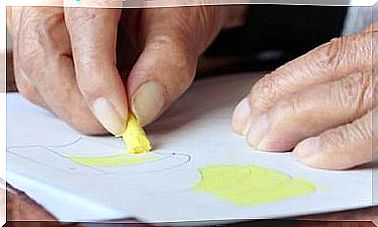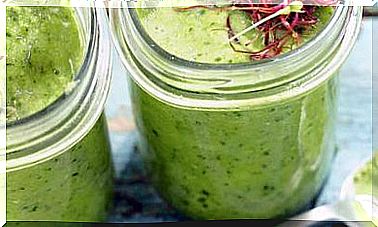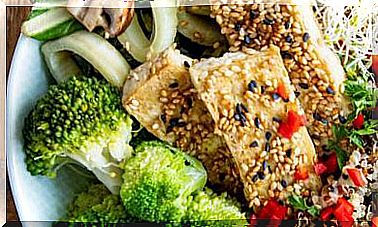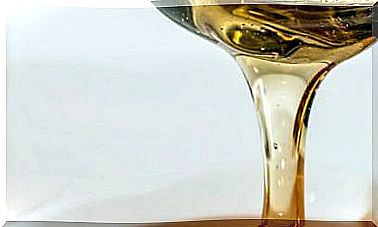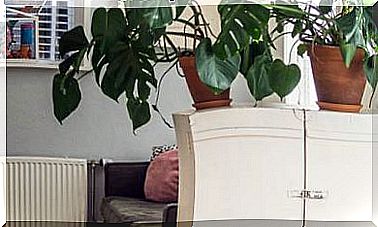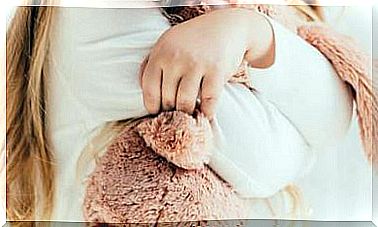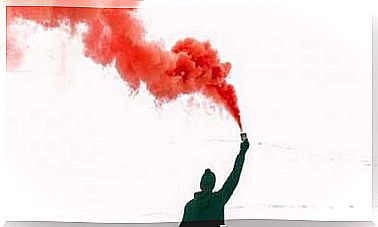Bisphenol Even In Children’s Socks
A study carried out at the University of Granada discovered bisphenol and parabens with estrogenic effect in baby socks.
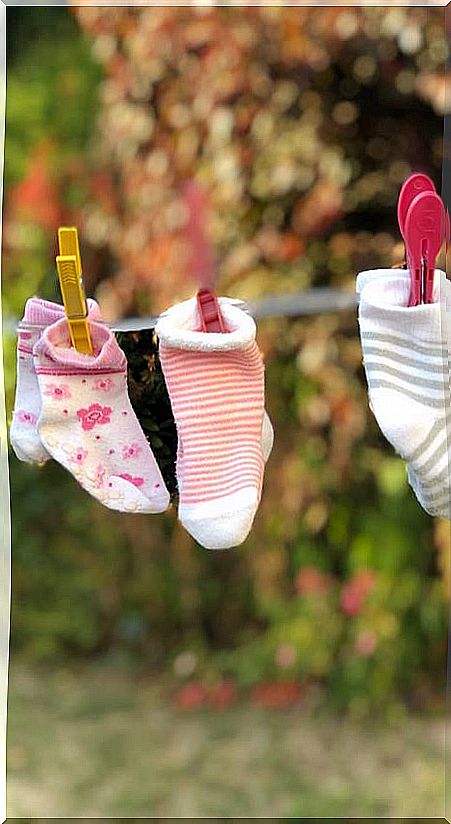
The laboratory of doctor Nicolás Oleaat the University of Granada he has just made a new discovery about the omnipresence of endocrine disruptors, such as bisphenol-A and parabens, in our daily environment.
We knew that parabens were found in cosmetic products and that bisphenol-A was found in hard plastics, tin cans, or grocery receipts. Now we know that the two types of substances also contaminate 9 out of 10 children’s socks.
Exposure to endocrine disruptors, which begins during gestation and continues throughout life, increases the risk of a variety of diseases, from birth defects to impaired reproductive development, infertility, diabetes, and cancer in adults.
All children’s socks contain parabens and 9 out of 10, bisphenol
The research, carried out in collaboration with the San Cecilio Clinical Hospital and the CIBER of Epidemiology and Public Health (CIBERESP) has revealed that 90% of the socks for sale for babies from 0 to 4 years old contain bisphenol A and parabens.
The work was carried out with 32 pairs of socks that were bought in three different stores. The analyzes showed that there is a relationship between the price and the presence of pollutants.
Thus, in cheap socks they found up to 3,736 ng of bisphenol-A per gram, a proportion that multiplied by 25 the presence of the endocrine disruptor in the more expensive socks.
Parabens, which are used as preservatives, were found in all analyzed socks with smaller differences than bisphenol between cheaper and more expensive children’s socks.
They behave like female hormones
The scientists made extracts with each sock and found that 2 out of 10 had estrogenic activity (they behaved like a female hormone) and 1 out of 3, antiandrogenic (they produced an antagonistic effect of male hormones).
Better not lick your socks …
It is very difficult to determine how much these compounds are absorbed through the skin. Researchers believe that most of it can enter through the mouth, because many babies suck on socks.
The members of the research team of the University of Granada have decided to inform and make recommendations to health professionals and parents, to warn producers / importers about the quality of their products, and to sensitize the national and European administration so that they are more strict regulation of endocrine disruptors in textiles.
Bisphenol has been banned since 2010 in the manufacture of baby bottles, but it is still used in food packaging and in a wide variety of consumer products.
The study has been published in Environmental International .
Reference:
Freire et al. Concentrations of bisphenol A and parabens in socks for infants and young children and their hormone like activities. Environmental International. 127: 592-600, 2019.


